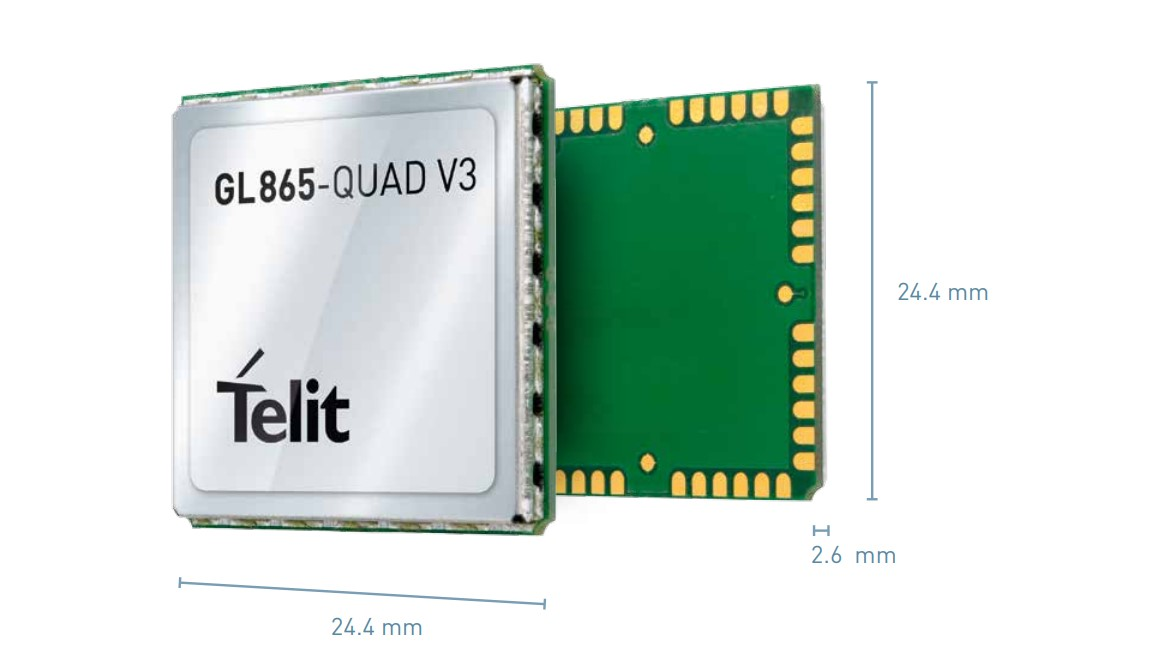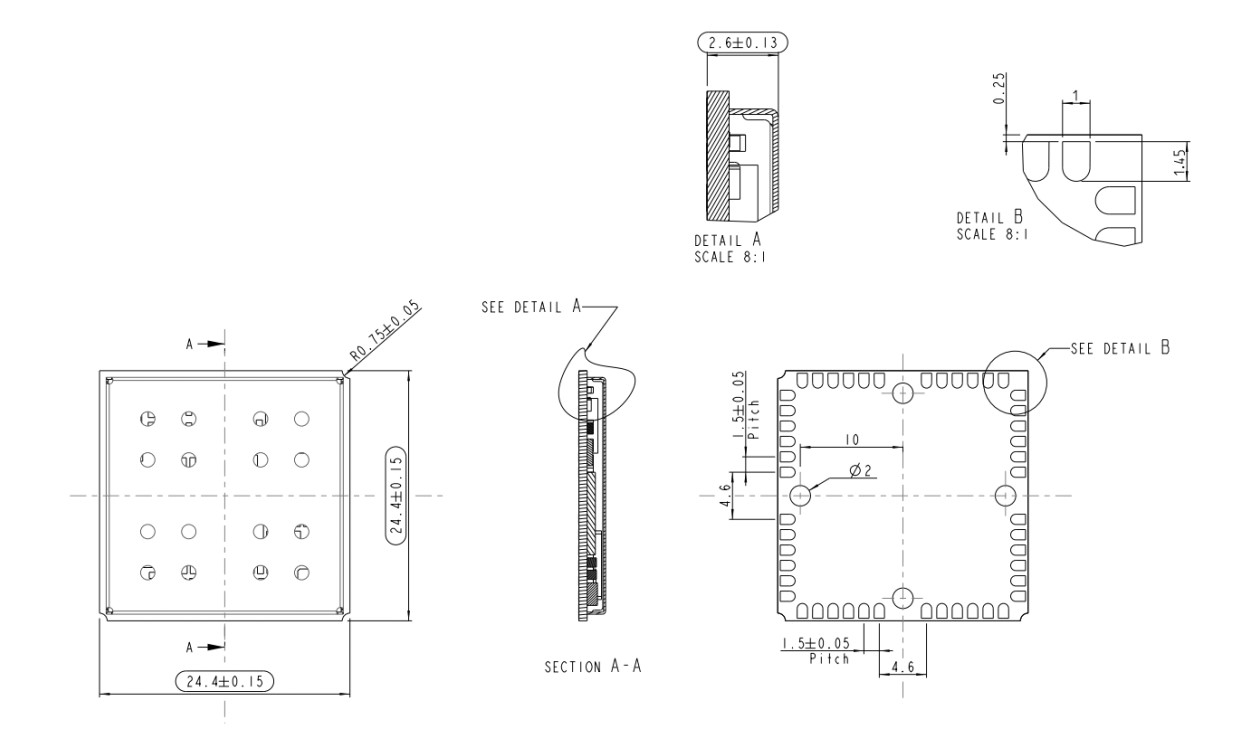OFF
GO LOCAL
| Company | Stock | Price |
|---|---|---|

MIKROE-1700
4 g
Status:
GL865-QUAD V3 represents a quad-band GSM/GPRS module based on the latest release of Intel’s 2G cellular chipset designed by Telit Cinterion. The GL865-QUAD V3 is highly recommended for new designs requiring quad-band GSM/GPRS coverage and 3G scalability, delivering easy integration and reduced impact on final application costs. An embedded SIM chip is also available as a mounting option. Covering frequencies of 850/900MHz and 1800/1900MHz, it also offers extensive audio features, TCP/IP stack, SIM interface, and others, all configurable through Telit’s custom AT commands.
NOTE: GL865-QUAD Telit GSM/GPRS V3 module can be found on Click board™, such as GSM Click. For more information about this Click board™, visit the GSM Click product page.
This product is no longer in stock
Availability date:
OFF
| Company | Stock | Price |
|---|---|---|

The GL865-QUAD V3 represents a powerful GSM cellular network communication solution based on the latest Intel 2G chipset with long-term stability designed by Telit Cinterion. It features VQFN packaging instead of the LCC castellation of the original GL865, maintaining full pad-level compatibility and providing a soft transition replacement to the highly popular and widely deployed GL865-QUAD. Covering 850/900MHz and 1800/1900MHz, this module is highly recommended for new designs requiring global 2G coverage, 3G scalability, and application in security alarms, automated meter reading, and POS terminals.
This module features a complete set of options for cellular networking and communication, such as the network status indication, jamming detection, embedded TCP/IP stack (TCP, IP, UDP, SMTP, ICMP, and FTP protocols), GPRS class 10 implementation, GSM supplementary functions (call barring/waiting/forwarding/holding, calling line identification presentation or restriction), and more. Also, it supports a wide range of communication protocols and connectivity options, coupled with the embedded Phyton Script interpreter, allowing users to run scripts from inside the module, managed by Telit’s custom AT commands through a commonly used UART interface.

